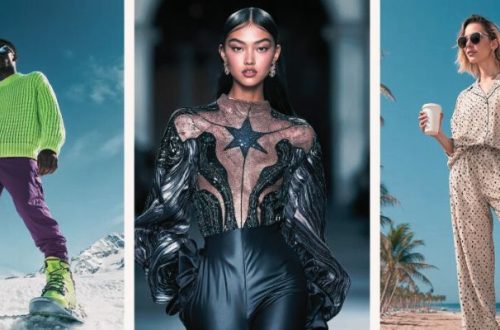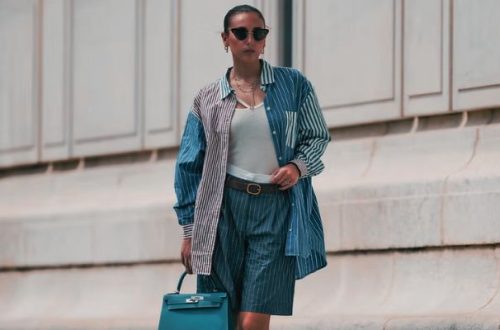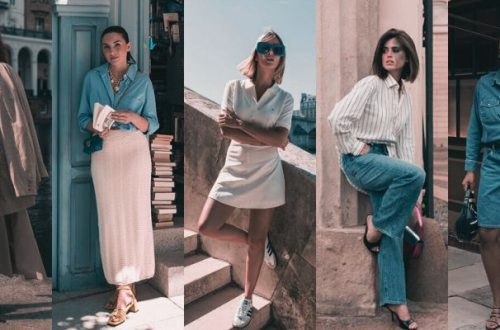In today’s world, public figures often face speculation not only about their policies and personal lives but also about their appearance. One question that has sparked curiosity and even debate is: does Brigitte Macron wear a wig? Brigitte Macron, France’s First Lady and wife of President Emmanuel Macron, is admired for her elegant style, confident demeanor, and striking personality. However, the attention on her hair has created a wave of rumors, with many people wondering whether her look is natural or supported by wigs and styling aids.
This essay aims to provide a comprehensive overview of the topic, examining the roots of the speculation, the culture of fashion and beauty among public figures, and the broader meaning behind these kinds of discussions.
Who Is Brigitte Macron?
Before diving into the subject of hair rumors, it is important to understand who Brigitte Macron is. Born Brigitte Trogneux in 1953, she worked as a teacher before meeting Emmanuel Macron, who would eventually become the President of France. Their marriage in 2007 drew attention due to the couple’s age difference, but their bond has remained strong despite scrutiny.
As First Lady, Brigitte Macron has taken on a visible role in cultural, educational, and humanitarian activities. Alongside this, she has gained a reputation for being fashion-forward, often collaborating with French designers and maintaining a polished public image.
The Spark of the Wig Rumor
Speculation about her hair began as her appearances on international platforms increased. Observers noticed her consistently styled blonde hair, often smooth and voluminous, which led to whispers and gossip. People began asking online: does Brigitte Macron wear a wig?
Such speculation is not unusual for women in the public eye. When someone’s hair looks “too perfect” or remains consistent over time, rumors about wigs, extensions, or other artificial aids tend to surface.
The Role of Media and Celebrity Culture
The media plays a huge role in shaping how the public perceives political figures. In Brigitte Macron’s case, French and international outlets frequently highlight her fashion choices, hairstyle, and overall look. While her clothing is praised for its elegance, her hair has occasionally been questioned.
The repeated mention of her hair by tabloids and magazines gave rise to a narrative where people started debating: does Brigitte Macron wear a wig, or is her hairstyle the result of expert professionals? The truth is, public figures often have access to high-end salons, stylists, and products, which can make natural hair appear flawless without the use of wigs.
Hairstyles in Politics: Why It Matters
Hair has always been symbolic. In politics, a hairstyle can signal power, discipline, and sophistication. Brigitte Macron’s signature blonde hair complements her refined fashion sense, and it has become part of her public image.
When questions like “does Brigitte Macron wear a wig” arise, they reflect how society often places as much importance on appearance as on action. While Emmanuel Macron’s political decisions dominate headlines, Brigitte’s hairstyle garners just as much curiosity in lifestyle and fashion columns.
The Practical Reasons People Wear Wigs
To fully understand the debate, it is worth considering why individuals — especially those in the public eye — might choose wigs or hairpieces. Reasons include:
-
Convenience: Wigs can save time, providing a consistent look for frequent appearances.
-
Versatility: They allow for quick changes in style without damaging natural hair.
-
Privacy: They can shield against invasive scrutiny by maintaining a “public image.”
-
Health: Some wear wigs due to thinning hair, medical treatments, or age-related changes.
Therefore, even if the answer to does Brigitte Macron wear a wig is yes, it would not be unusual or problematic.
Comparing With Other Public Figures
Brigitte Macron is not the first person to face speculation about wigs. In fact, many world leaders and celebrities have faced similar rumors. From American politicians to European royals, hairstyle scrutiny is a recurring theme.
By comparing these cases, one can see that the question “does Brigitte Macron wear a wig” is less about her personally and more about society’s fascination with appearances. Public curiosity tends to zoom in on hair as a marker of age, vitality, and style.
The Fashion Industry’s Influence
The French fashion industry has a long-standing global influence. Paris is a hub of haute couture, and Brigitte Macron, as First Lady, naturally embodies the image of French elegance. Her well-maintained hair adds to this perception.
Stylists in Paris are known for their ability to craft looks that blend natural beauty with professional artistry. In this context, the question “does Brigitte Macron wear a wig” might be explained by the simple fact that top stylists can make hair look nearly flawless without artificial aids.
Age and Appearance
One key reason why people speculate about Brigitte Macron’s hair is her age. Born in 1953, she maintains a stylish and youthful appearance, which some find surprising. The consistency of her blonde hair has led to theories that wigs might be part of her beauty routine.
However, it is important to remember that modern hair coloring techniques, combined with professional care, can produce natural-looking results that rival wigs. The question does Brigitte Macron wear a wig often reveals more about societal assumptions around aging than about her actual choices.
Brigitte Macron’s Own Silence
Interestingly, Brigitte Macron has not publicly addressed whether she wears a wig or not. Unlike celebrities who openly discuss their use of extensions or hairpieces, she has chosen not to engage with the speculation.
This silence may be intentional. By not answering the question, she avoids fueling further gossip. Whether or not the speculation is true, maintaining her dignity and privacy becomes more important than satisfying public curiosity about does Brigitte Macron wear a wig.
Public Fascination With Appearances
The fact that so many people search for “does Brigitte Macron wear a wig” reflects a deeper cultural fascination. In today’s society, appearance is often equated with identity, especially for women in positions of influence. Hair, in particular, is linked to femininity, power, and self-expression.
This fascination can sometimes overshadow meaningful discussions about Brigitte Macron’s contributions as First Lady. Instead of focusing on her initiatives in education and culture, public discourse often circles back to her hairstyle.
The Broader Conversation About Women in Power
The speculation also raises a larger question: why are women in politics often judged by their appearance more than men? Male politicians rarely face such rumors. Meanwhile, women like Brigitte Macron are asked, does she wear a wig, does she dye her hair, what brand of clothing does she wear?
This double standard highlights the challenges faced by women in leadership roles. Despite her active involvement in social projects, Brigitte Macron is still frequently reduced to discussions about her looks.
How Wigs Have Become Mainstream
Even if the answer to does Brigitte Macron wear a wig were yes, the stigma around wigs has decreased significantly. In the past, wigs were associated with concealment, but today they are a fashion accessory. Celebrities openly wear wigs to experiment with styles, and the beauty industry has normalized them as part of self-expression.
In this light, whether Brigitte Macron wears a wig or not should not be a matter of judgment but rather personal choice.
Conclusion
The question does Brigitte Macron wear a wig may never receive a definitive answer, and perhaps it does not need one. What matters more is recognizing how such speculation reflects societal attitudes toward women, aging, and beauty.
Brigitte Macron, as France’s First Lady, continues to inspire admiration for her style, intelligence, and poise. Whether her hair is natural or supported by wigs, it remains an extension of her elegant image. Ultimately, her legacy will not be defined by her hairstyle but by her contributions to French society and her role as a global figure.





